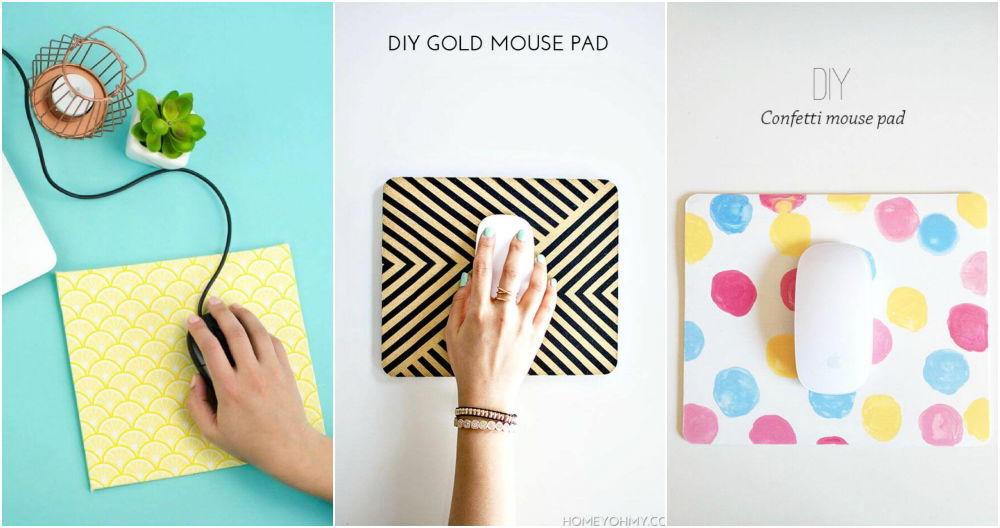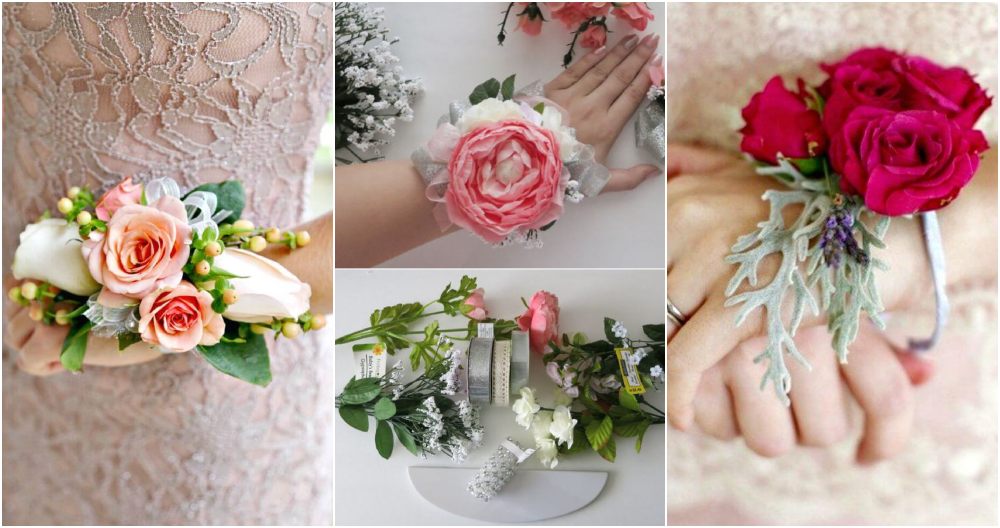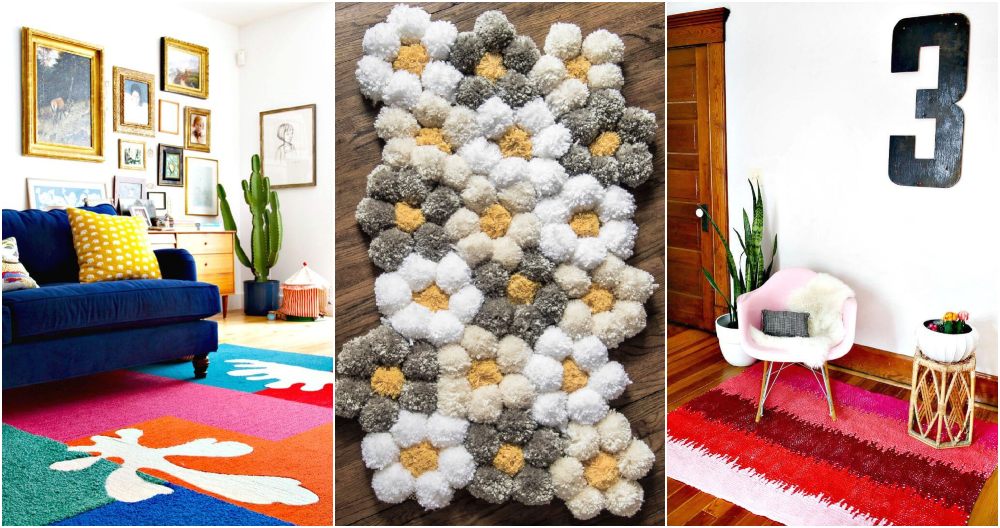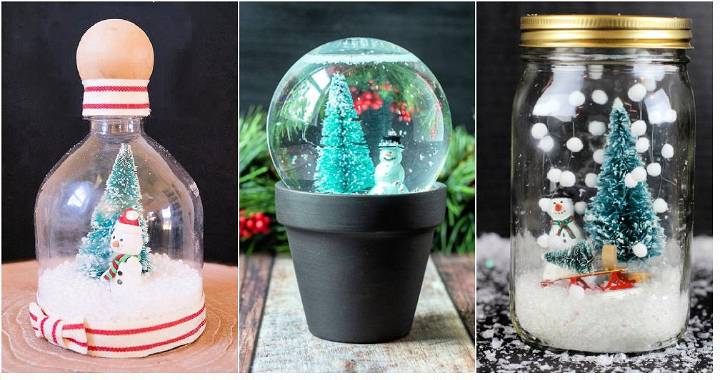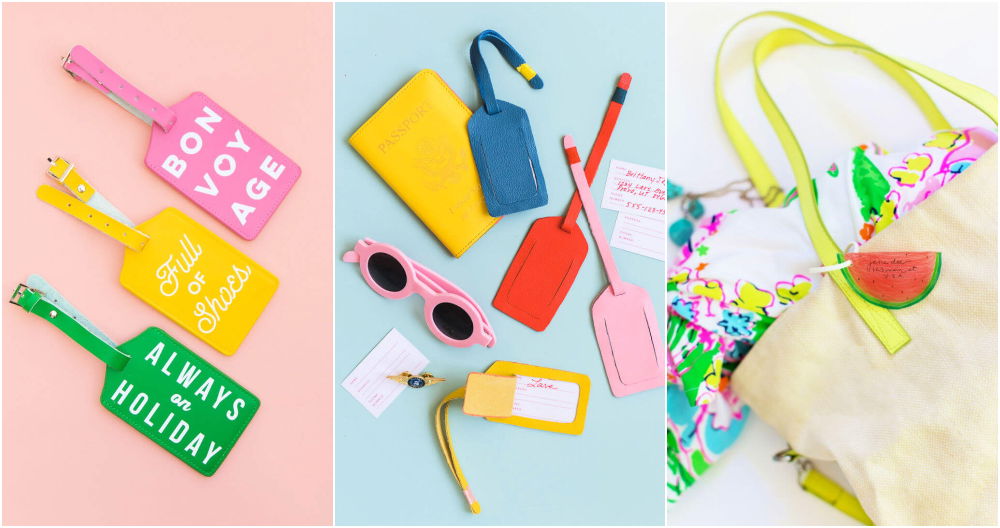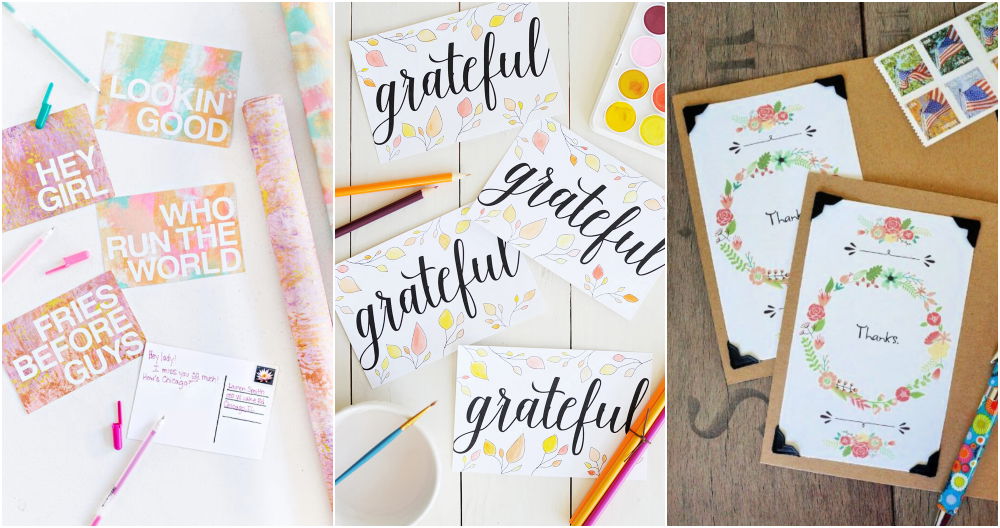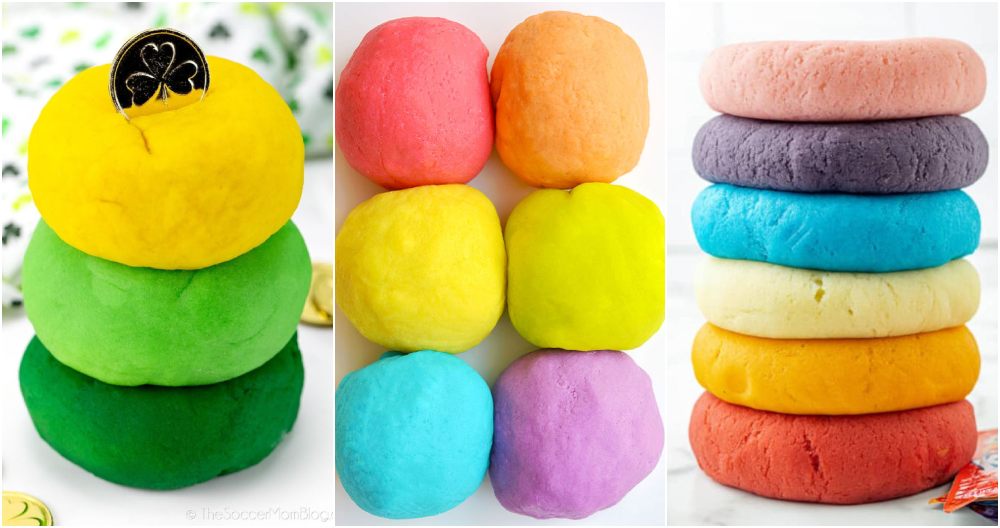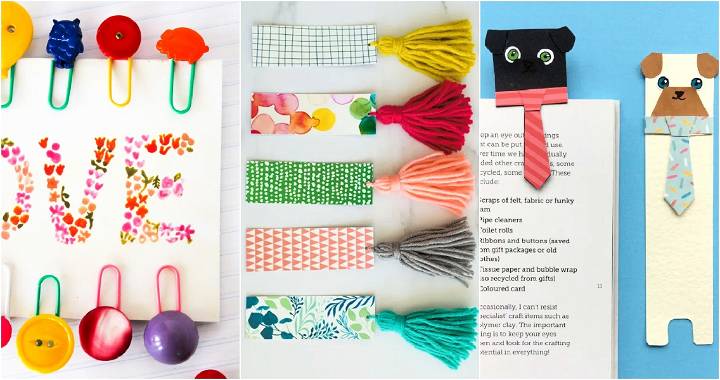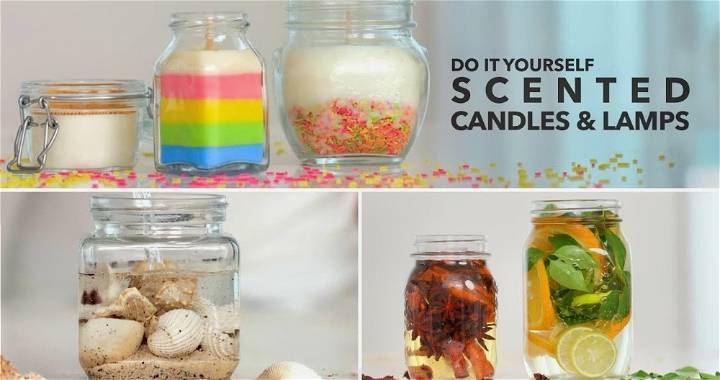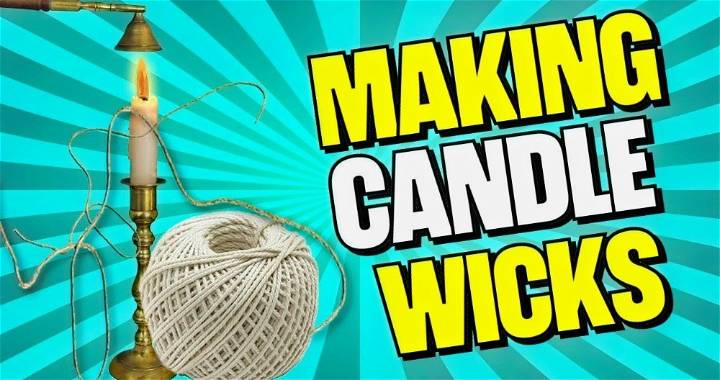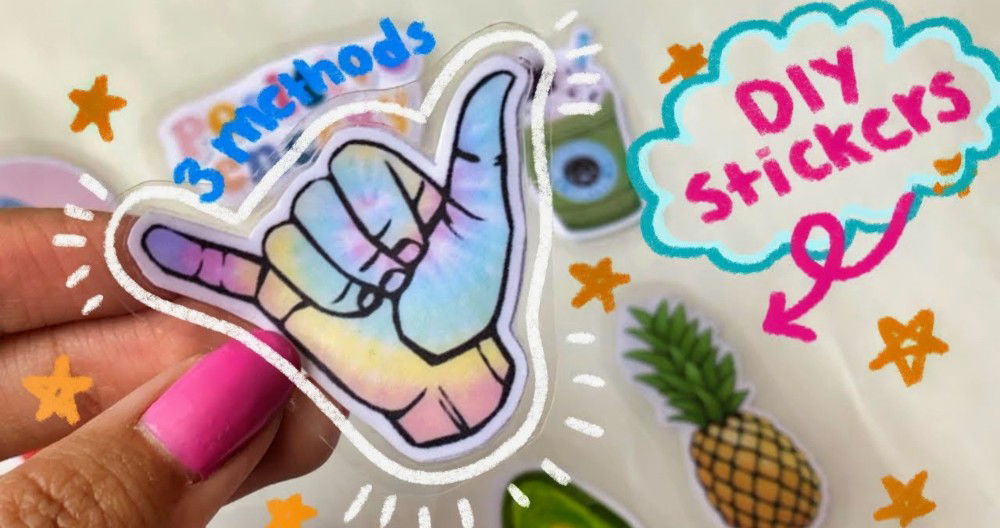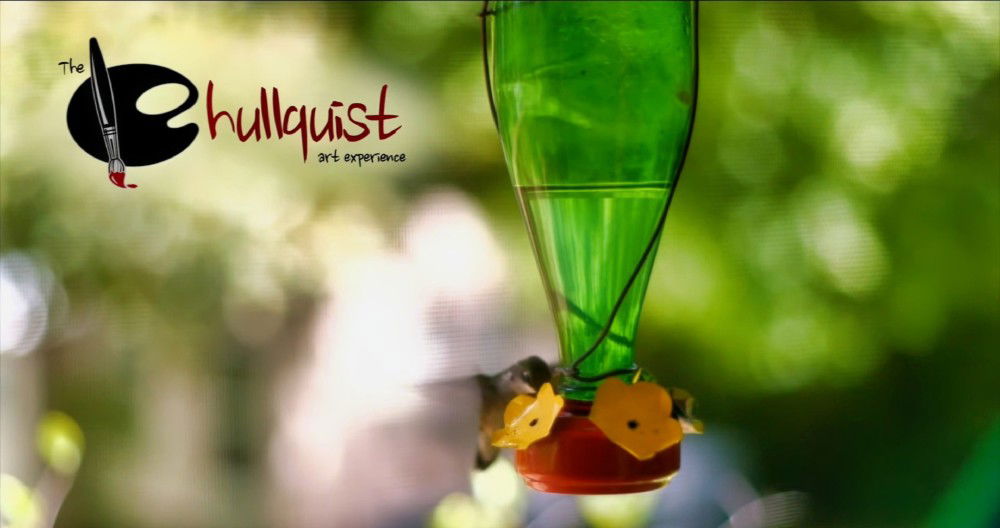Making DIY solar eclipse glasses is an engaging project for those eager to witness the majestic display of solar eclipses safely. With the phenomenon capturing the curiosity of many, understanding the significance of proper eye protection cannot be overstated. This guide aims to break down the process into simple, actionable steps, ensuring your viewing experience is both safe and memorable. By focusing on total solar eclipses, partial solar eclipses, and annular solar eclipses, we provide a comprehensive overview of the celestial events you can experience.
We'll walk you through selecting the right materials and tools for constructing your solar eclipse glasses. Safety is paramount when it comes to observing these spectacular events. As such, our guide emphasizes the importance of using the correct solar filters and outlines safety precautions to ensure your eyes are shielded from harm.
Whether you plan to craft these glasses for educational purposes or as a fun DIY project, our instructions are designed to make the process straightforward and enjoyable. Ready to begin? Let's dive into the first steps of making your very own solar eclipse glasses.
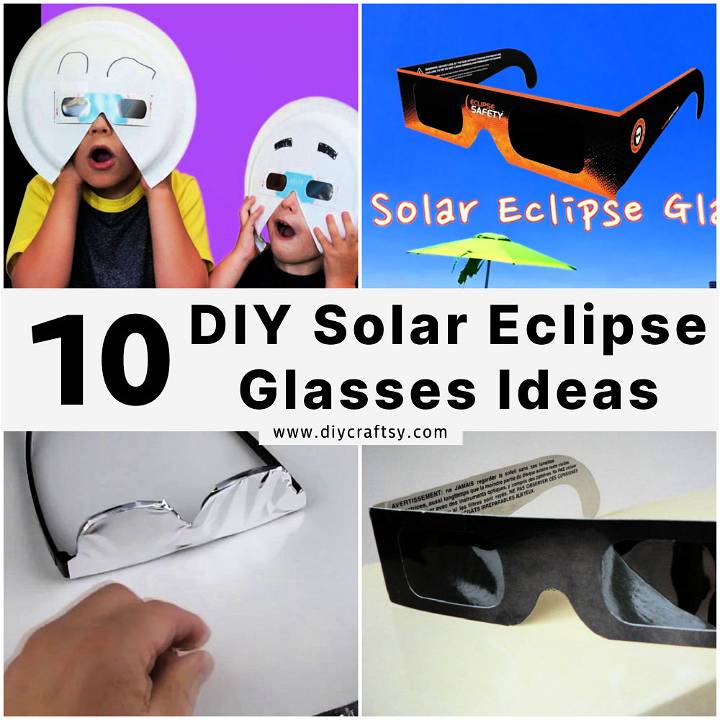
Understanding Solar Eclipses
A solar eclipse is a celestial event that occurs when the moon passes between the Earth and the sun, temporarily obscuring the sun's light. There are three main types of solar eclipses: total, partial, and annular.
Total Solar Eclipse
During a total solar eclipse, the moon completely covers the sun, casting a shadow on Earth and turning day into night for a brief period. This type of eclipse is the most dramatic and can only be observed from a narrow path on Earth's surface.
Partial Solar Eclipse
A partial solar eclipse happens when only a part of the sun is obscured by the moon. Observers in the affected area will see the sun as if a dark shadow has taken a bite out of it.
Annular Solar Eclipse
An annular solar eclipse occurs when the moon is too far from Earth to completely cover the sun. This results in a ring of sunlight being visible around the moon, often referred to as the “ring of fire.”
Viewing Solar Eclipses Safely
It's crucial to protect your eyes when watching a solar eclipse. The sun's rays can cause severe damage to the retina, potentially leading to permanent vision loss. Therefore, it's essential to use solar eclipse glasses equipped with special-purpose solar filters.
Why Solar Eclipse Glasses?
Solar eclipse glasses are designed to block out the majority of the sun's harmful rays, allowing you to view the eclipse without risking eye injury. Regular sunglasses, even very dark ones, are not safe for looking at the sun.
Understand solar eclipses, and stay safe. Never look at the sun without proper protection, even during an eclipse. Stay curious, and enjoy safely!
Materials and Tools for Solar Eclipse Glasses
Making solar eclipse glasses requires specific materials and tools to ensure safety and effectiveness. Here's a guide to what you'll need:
Essential Materials
- Solar Filter: The most crucial component is a solar filter. Look for ISO-certified solar film or Mylar, specifically designed for solar viewing.
- Cardboard: Sturdy cardboard serves as the frame for your glasses. It should be thick enough to hold the shape but light enough for comfort.
- Templates: Pre-made templates can help you cut the cardboard to the right size and shape.
Tools You'll Need
- Scissors: A pair of sharp scissors will make cutting the cardboard and solar filter easier.
- Adhesive: Use glue or double-sided tape to secure the solar filter to the cardboard frame.
- Marker: A marker is handy for tracing the template onto the cardboard.
Assembly Highlights
- Cutting: Cut out the cardboard frame using the template as a guide. Ensure the eye holes match the size of the solar filter pieces.
- Attaching the Filter: Attach the solar filter securely within the frame, ensuring no gaps or tears.
- Comfort: Add extra cardboard strips or foam for a comfortable nose bridge and arms.
By gathering materials and tools for safe solar eclipse glasses, prioritize filter quality for eye safety. Enjoy making the glasses and witnessing the solar spectacle!
How To Make Solar Eclipse Glasses - Step By Step
Witnessing a solar eclipse is an awe-inspiring experience. However, looking directly at the sun can cause serious eye damage. That's why having the right protection, such as solar eclipse glasses, is crucial. If you're in a pinch or just love crafting, making your own solar eclipse glasses can be a fun and educational project. Below is a step-by-step guide on how to make your very own solar eclipse glasses easily and safely.
What You'll Need:
- 2 pieces of white cardstock paper
- Aluminum foil
- Scissors
- Tape
- A pin or needle
Step 1: Prepare Your Paper
Take the two pieces of white cardstock paper. These will form the frame of your solar eclipse glasses. Cut out a rectangular section from the middle of one piece of paper, leaving about an inch of paper around the edges to make a frame.
Step 2: Cover The Hole With Foil
Cut a piece of aluminum foil that is slightly larger than the hole you've just created in your paper frame. Use tape to secure the foil over the hole, making sure there are no wrinkles or tears in the foil. This foil acts as a filter for the sun's light.
Step 3: Make Your Viewing Hole
Using a pin or needle, carefully poke a small hole right in the center of the foil. This small hole will be what you look through, as it reduces the amount of sunlight reaching your eyes, making it safe to observe the eclipse.
Step 4: Assemble Your Glasses
Take the second piece of cardstock and attach it to the back of your frame with tape. This reinforces your eclipse glasses and ensures no light leaks through the paper.
Step 5: Test Your Glasses
Before using your glasses for the eclipse, it's important to test them. Look through the pinhole at a bright light—not the sun—and adjust the distance between the glasses and your eyes until you find a good focal point. If the light is too intense or if you see multiple points of light, check for any tears or additional holes in the foil and patch them up.
How To Use
With your DIY solar eclipse glasses ready, you can safely view the eclipse by standing with your back to the sun, holding the glasses up to your eyes, and looking through the pinhole. Move your head around until you catch the sun's image on the piece of cardstock opposite the foil.
Remember, never look at the sun directly without proper protection, not even with sunglasses or through unfiltered cameras or devices.
Video Tutorial
For a step-by-step visual guide on how to make these solar eclipse glasses, watch this YouTube video.
It pairs well with this written guide, enriching your understanding of the process by demonstrating each step in a clear and accessible manner.
By following these easy steps, you can safely enjoy the breathtaking sight of a solar eclipse without risking your eye health.
Safety Precautions for Solar Eclipse Viewing
When preparing to view a solar eclipse, safety is the top priority. It's essential to understand the risks and take the necessary precautions to protect your eyesight.
The Risks of Direct Sun Viewing
Looking at the sun without proper protection can lead to solar retinopathy, a type of eye damage that can cause permanent vision loss. The retina does not have pain receptors, so you won't feel the damage being done, making it all the more dangerous.
Using the Right Solar Filters
Solar filters are specially designed to block out harmful ultraviolet, visible, and infrared light. Only use filters that meet the ISO 12312-2 international safety standard for such products.
Unacceptable Substitutes
Do not use regular sunglasses, smoked glass, X-ray film, or CDs/DVDs as substitutes for a proper solar filter. These materials do not offer adequate protection against eye damage.
Inspecting Your Solar Eclipse Glasses
Before using solar eclipse glasses, inspect them for any damage, such as scratches or punctures. If you find any, discard the glasses immediately.
Supervising Children
Always supervise children using solar eclipse glasses to ensure they use them correctly. Teach them about the importance of never looking directly at the sun.
By following these safety precautions, you can enjoy the wonder of a solar eclipse without risking your vision. Remember, when it comes to solar eclipses, there's no substitute for proper eye protection. Stay safe and enjoy the view!
Testing Your Solar Eclipse Glasses
Before the solar event, it's crucial to test your solar eclipse glasses to ensure they are safe to use. Here's how to check them:
Inspect for Damage
Examine your glasses for any scratches, punctures, or tears. If you find any damage, do not use the glasses.
The Shadow Test
In a well-lit area, hold the glasses at arm's length and look through them at a bright light bulb. The only thing you should see through the filter is the dim outline of the bulb.
The Sun Test
Outside, stand with your back towards the sun. Place the glasses on your face, covering your eyes. Look at the sun. You should see a comfortably dim, orange disk.
What to Expect
The sun should appear dim and orange, and you shouldn't be able to see anything else. If the sun is too bright or if you can see things like ordinary household lights, the glasses are not safe.
By performing these tests, you can confidently use your solar eclipse glasses, knowing they will protect your eyes. Safety is the priority when observing a solar eclipse. Enjoy the experience with peace of mind!
Maintaining Your Solar Eclipse Glasses
Proper maintenance of your solar eclipse glasses will ensure they remain safe and effective for future solar events. Here's how to take care of them:
Storage
Store your glasses in a cool, dry place away from direct sunlight. A dark drawer or a paper envelope can be ideal to prevent any light-induced damage to the solar filter.
Handling
Handle your glasses with care. Avoid folding or scratching the lenses, as this can compromise their effectiveness.
Cleaning
If your glasses get dusty or dirty, gently blow off any loose dirt. If necessary, lightly dab the lenses with a soft, damp cloth. Do not use harsh cleaning agents.
Inspection Before Use
Before each use, perform a thorough inspection of your glasses for any signs of wear and tear. If you find any damage, it's time to replace them.
Longevity
With proper care, your solar eclipse glasses can last for several years. However, if you ever have doubts about their safety, it's best to get a new pair.
By following these simple maintenance tips, you can keep your solar eclipse glasses in top condition, ready for the next awe-inspiring solar event. Enjoy the wonders of the cosmos safely!
Photographing the Solar Eclipse
Capturing the solar eclipse through photography can be a rewarding experience. Here's how to do it safely and effectively:
Equipment Preparation
Use a Solar Filter: Before the eclipse, attach a solar filter to your camera lens to protect it from the intense sunlight.
Camera Settings
Manual Mode: Switch your camera to manual mode to have full control over the exposure settings.
Focusing
Manual Focus: Use manual focus and set your lens to infinity (∞) to ensure sharp images of the sun.
Exposure
Test Shots: Take test shots before the eclipse to determine the best exposure settings for your camera.
Safety
Never Look Directly at the Sun: Even when looking through your camera viewfinder, never look directly at the sun without proper eye protection.
By following these guidelines, you can photograph the solar eclipse safely and make stunning images to remember the event. Enjoy the process and the unique opportunity to capture such a spectacular celestial phenomenon!
Frequently Asked Questions About Solar Eclipses
When it comes to solar eclipses, many people have questions about what they are witnessing and how to safely enjoy the event. Here's a section dedicated to answering some of the most common queries:
What is a Solar Eclipse?
A solar eclipse occurs when the moon moves between the Earth and the sun, temporarily blocking the sun's light. This can happen only during a new moon when the sun and the moon are in conjunction as seen from Earth.
Can I Look at the Solar Eclipse Without Glasses?
Never look directly at the sun without proper eye protection, not even during an eclipse. Doing so can cause permanent eye damage or blindness.
How Do Solar Eclipse Glasses Work?
Solar eclipse glasses are equipped with special solar filters that block out the harmful rays of the sun, making it safe for you to look at the eclipse.
Where Can I Get Solar Eclipse Glasses?
You can obtain solar eclipse glasses from reputable astronomical organizations or retailers. Ensure they comply with the ISO 12312-2 safety standard.
How Often Do Solar Eclipses Occur?
Solar eclipses happen approximately 2 to 5 times a year. However, total solar eclipses in any given location are rare, occurring about once every 18 months.
What's the Difference Between a Total and an Annular Solar Eclipse?
In a total solar eclipse, the moon completely covers the sun. In an annular solar eclipse, the moon is too far away to fully cover the sun, leaving a “ring of fire” around the edge.
Is it Safe to Take Pictures of the Solar Eclipse?
Yes, but you must use a solar filter on your camera lens, just as you would protect your eyes with solar eclipse glasses.
By providing clear answers to these questions, you can help readers feel more informed and prepared to experience a solar eclipse. Safety first, and enjoy the celestial spectacle!
10 How to Make Solar Eclipse Glasses
Learn how to make solar eclipse glasses with these 10 easy steps. Protect your eyes during the next eclipse with DIY glasses you can make at home.
1. How to Make Solar Eclipse Glasses
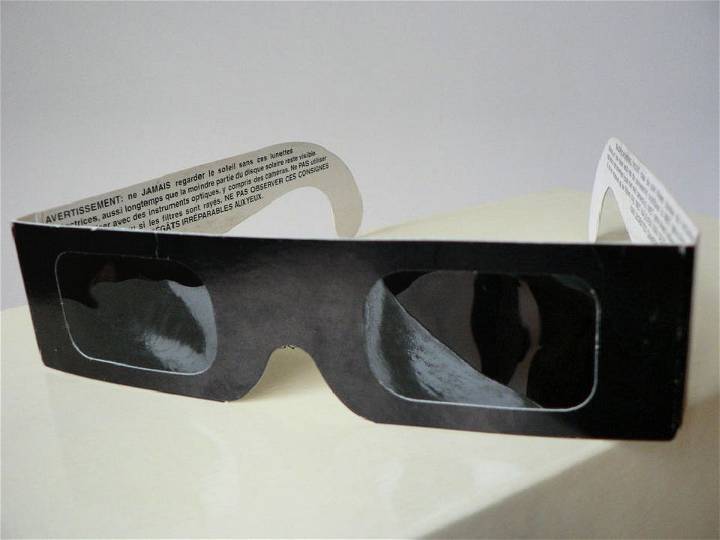
Safely view a solar eclipse with your handmade glasses. Following a straightforward DIY guide, you can make protective eclipse glasses in just five steps. This method ensures you enjoy the celestial event without risking eye damage. For a detailed, easy-to-follow tutorial, visit Instructables. This guide is perfect for anyone wishing to experience the wonder of a solar eclipse safely.
2. Cheap and Easy DIY Solar Eclipse Glasses
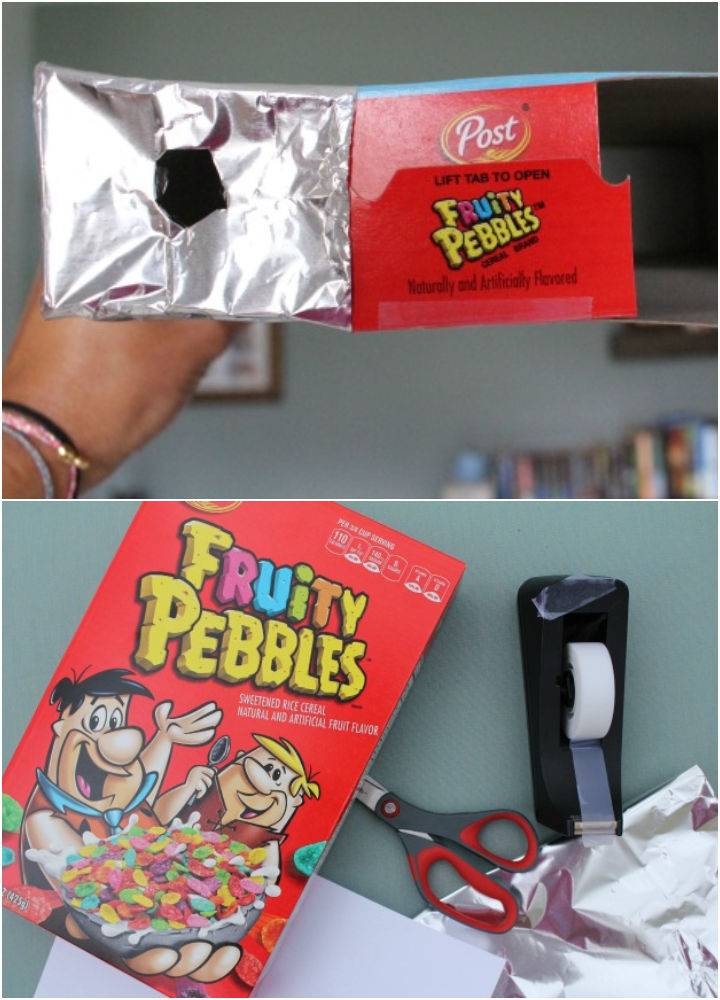
Protect your eyes while experiencing the marvel of a solar eclipse with these easy-to-make, NASA-approved DIY solar eclipse glasses. With materials as simple as a cereal box, aluminum foil, and paper, you can craft your very own eclipse viewer right at home.
This engaging activity is perfect for the whole family, ensuring a safe way to witness this rare celestial event without risking eye damage. For a step-by-step guide on making these protective glasses, visit Food Wine Sunshine. Enjoy this astronomical phenomenon with peace of mind and a bit of fun crafting!
3. Homemade Paper Plate Solar Eclipse Glass
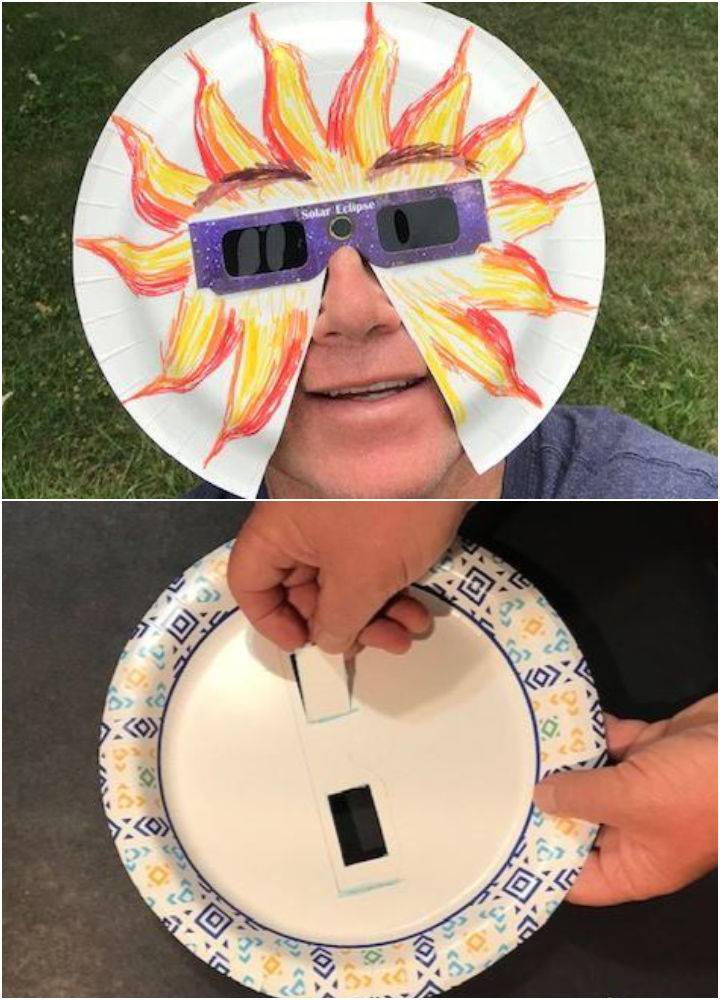
Safeguard your eyes during solar eclipses with this effortless yet effective DIY project, detailed by My NASA Data. By enhancing ISO-approved eclipse glasses with a paper plate, this activity offers additional protection, especially vital for children.
It's crucial to ensure the glasses fit snugly and are free of any scratches or damage for safe solar observation. Dive into this guide to prepare well for the awe-inspiring spectacle of the 2023 and 2024 solar eclipses, ensuring a memorable and secure experience for all participants.
4. Make Solar Eclipse Glasses for Kids
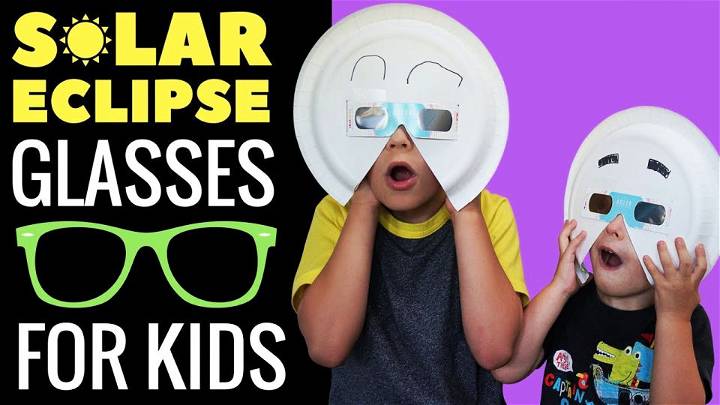
Ensure your kids safely enjoy the wonders of a solar eclipse with specially designed solar eclipse glasses. Watching this natural event is thrilling, but eye protection is paramount. Discover a fun and safe way to enhance viewing for children through a simple DIY method, as demonstrated in a helpful tutorial. This technique not only secures the glasses snugly but also adds a creative touch that kids will love. For a detailed guide, visit this tutorial, where safety meets fun in solar eclipse viewing.
5. Simple DIY Solar Eclipse Viewing Glasses
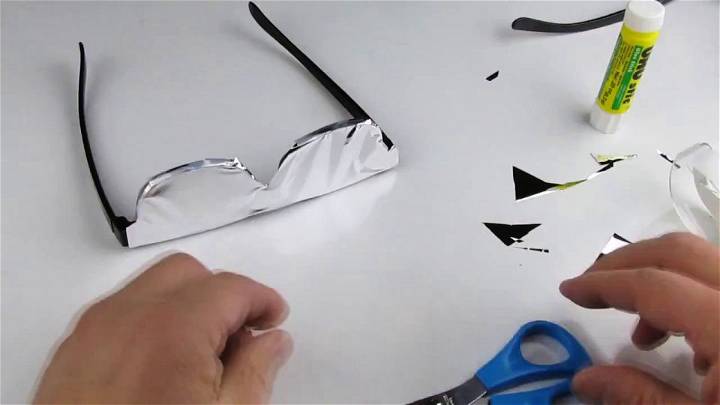
Make DIY solar eclipse viewing glasses safely and easily. First, grab solar viewing film from an astronomy store—no, tinfoil won't work. You'll also need 3D glasses, some glue, tape, and scissors. For a step-by-step guide, watch this helpful video tutorial. Careful crafting ensures you enjoy the eclipse without harming your eyes. Remember, safety first!
6. Making Solar Eclipse Glasses - Step by Step
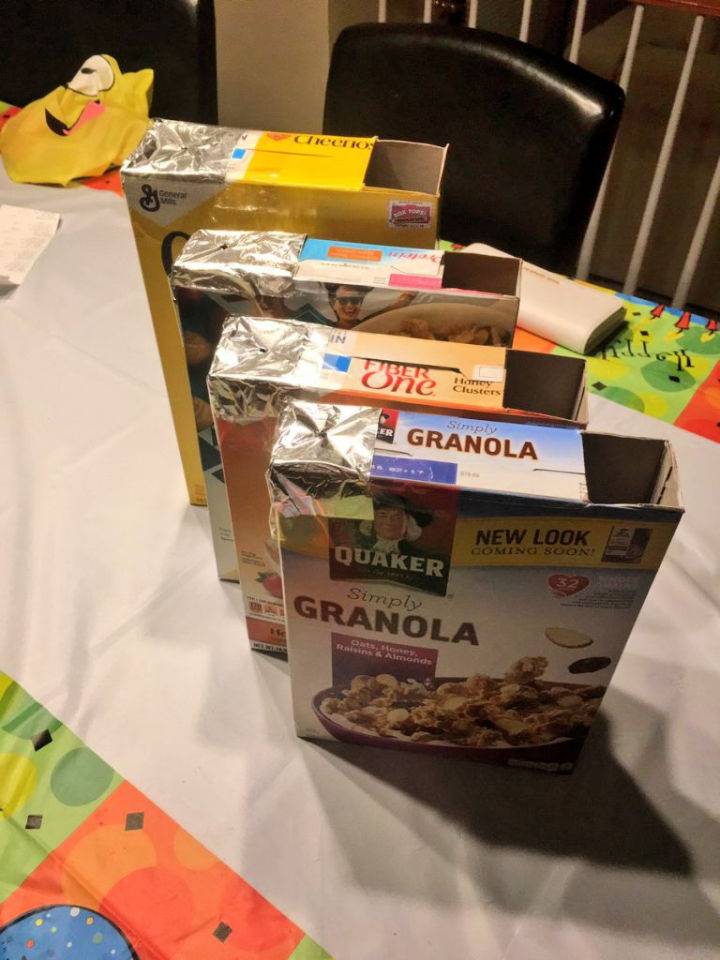
Missed buying solar eclipse glasses? No worries! Learn to make your own with this simple DIY tutorial. You just need common household items like cereal boxes, tin foil, paper, and tape. It's an easy and safe way to enjoy the eclipse without damaging your eyes. For a comprehensive guide, including How-Tos and safe viewing tips, visit Cool Mom Picks. Remember, safety first: follow instructions closely for a clear, sharp view without the risk. Happy viewing!
7. DIY Shoebox Solar Eclipse Viewer Tutorial
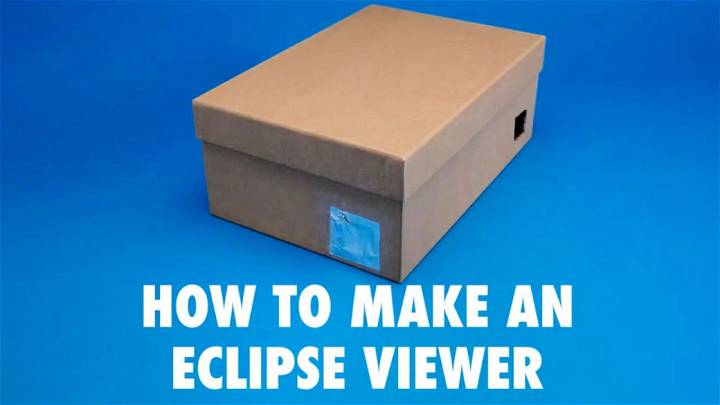
Watch the solar eclipse safely with a homemade shoebox viewer! Learn to assemble this simple, safe device for viewing one of nature's marvels. A comprehensive DIY guide awaits you in this instructional video. Perfect for the upcoming total solar eclipse on April 8, 2024, it's an engaging, easy-to-understand method suitable for all. Don't miss out on witnessing the eclipse as it passes through multiple states. Start preparing your viewer now for an unforgettable astronomical experience!
8. Make Your Own Solar Eclipse Glasses
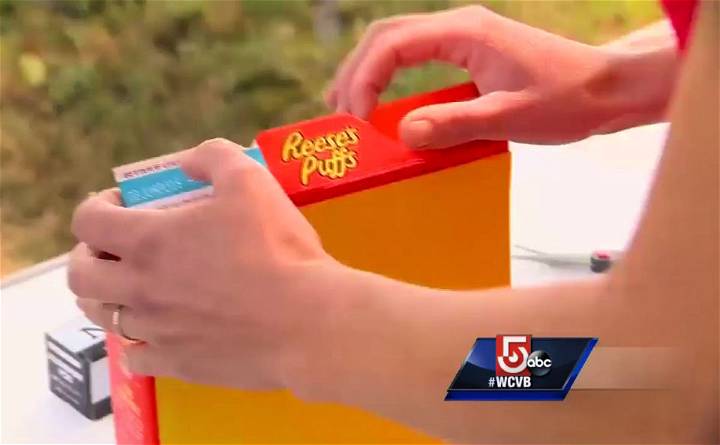
Be ready for a solar eclipse by making your viewing glasses safely at home. A practical and engaging DIY guide can be found in an easy-to-watch video tutorial. This tutorial simplifies the process, using everyday items. For a step-by-step demonstration, see the video on YouTube. Safe, simple, and perfect for a hands-on activity, this guide ensures you won't miss the wonder of a solar eclipse. Perfect for all ages, it fosters learning and fun.
9. Handmade Solar Eclipse Glasses at Home
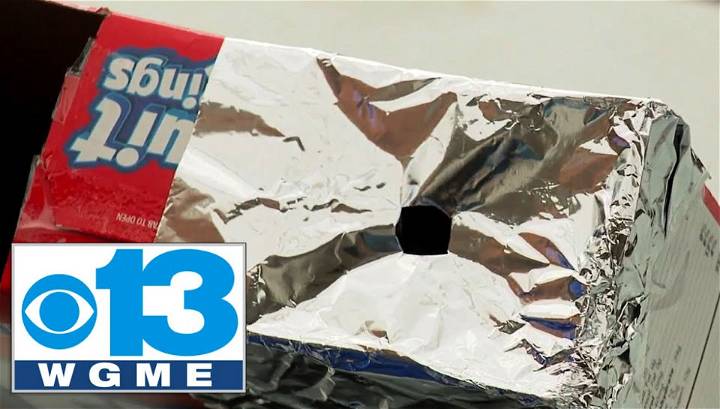
Prepare to safely view Saturday's solar eclipse with your homemade viewing glasses. This engaging guide showcases a simple way to make eclipse glasses using common household items. All you need are a cereal box, aluminum foil, tape, scissors, a pen, and paper.
Follow the easy steps outlined in this video guide to make a device that projects the sun's image onto paper, allowing you to witness this celestial event without harming your eyes. Perfect for viewers of all ages, this method is not only practical but also adds fun to your eclipse-watching experience.
10. Useful DIY Solar Eclipse Glasses
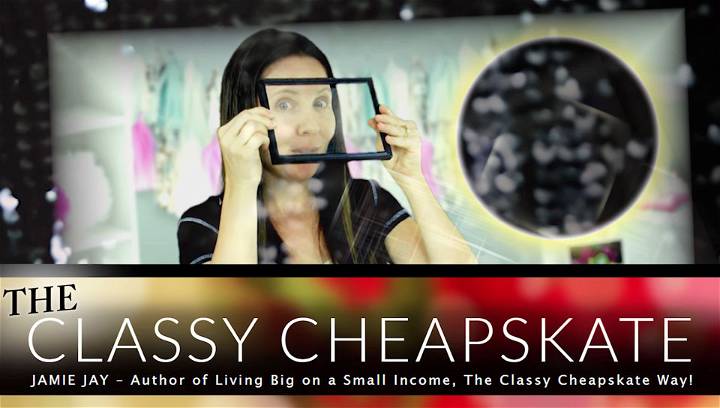
Safely view a solar eclipse with your very own DIY glasses. Watch this tutorial to learn how to make effective solar eclipse glasses using common household items. This method, reminiscent of simpler times, involves using a piece of glass from a picture frame and soot from a lighter.
While it's a cost-effective and straightforward approach, remember to proceed with caution and prioritize your safety, as improper use can risk eye damage. Enjoy marveling at the eclipse with this clever DIY solution, but always listen to your body and stop if discomfort arises.
Conclusion:
In conclusion, mastering how to make solar eclipse glasses is an essential step for anyone eager to safely experience the majestic beauty of solar eclipses. Whether it's a total, partial, or annular solar eclipse, understanding the importance of proper eye protection cannot be overstated. This guide has walked you through the essential materials, detailed steps for assembly, and crucial safety precautions to ensure your solar eclipse viewing is both safe and enjoyable.
Remember, testing your homemade glasses before the big event is key to guaranteeing their effectiveness. As you gear up for your next solar eclipse adventure, remember that with the right preparation, you can enjoy these celestial phenomena to the fullest, without compromising your eye health.


